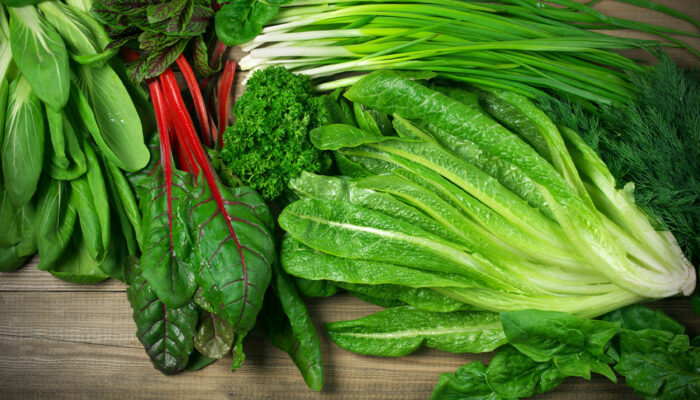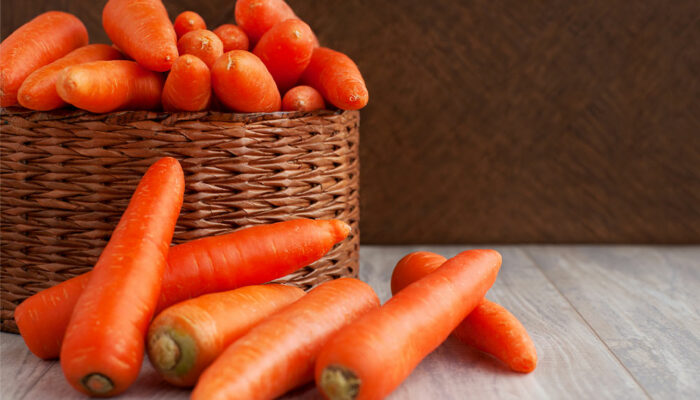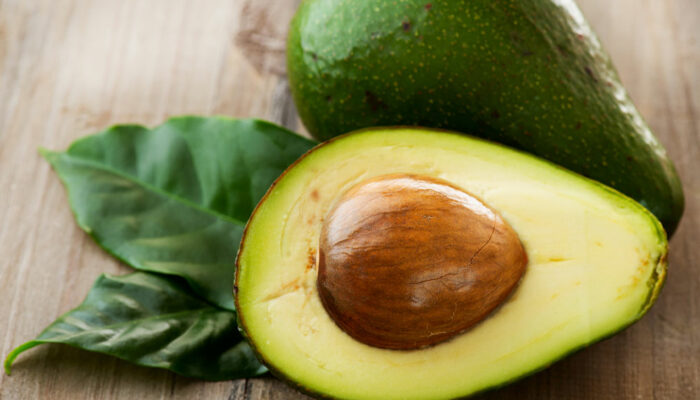
health
6 best times to drink water for maximum benefits
A significant percentage of our body is made up of water, so there’s no denying that it is essential to our overall health. While most people understand that they must drink approximately eight glasses every day, they don’t know that there are certain times when the habit can be more helpful. So, understand when to drink water for maximum benefits instead of chugging multiple glasses whenever you feel like it. Immediately after waking up Drink a glass or two of water first thing in the morning. Supplying H2O to your body on an empty stomach has numerous benefits. It helps cleanse the bowels, flush toxins, boost energy levels, improve skin health, and even strengthen the immune system, among other things. Before and during meals A glass of water before a meal enhances the feeling of fullness and curbs the tendency to overeat. On the other hand, drinking water during a meal helps with digestion, especially if you’re eating high-fiber foods like beans, lentils, and oatmeal. That said, don’t drink too much, as it may dilute the natural juices that aid digestion. Before and after exercise For moderate-intensity daily workouts, drink a glass or two of water about 30 minutes before starting.
Read More 








